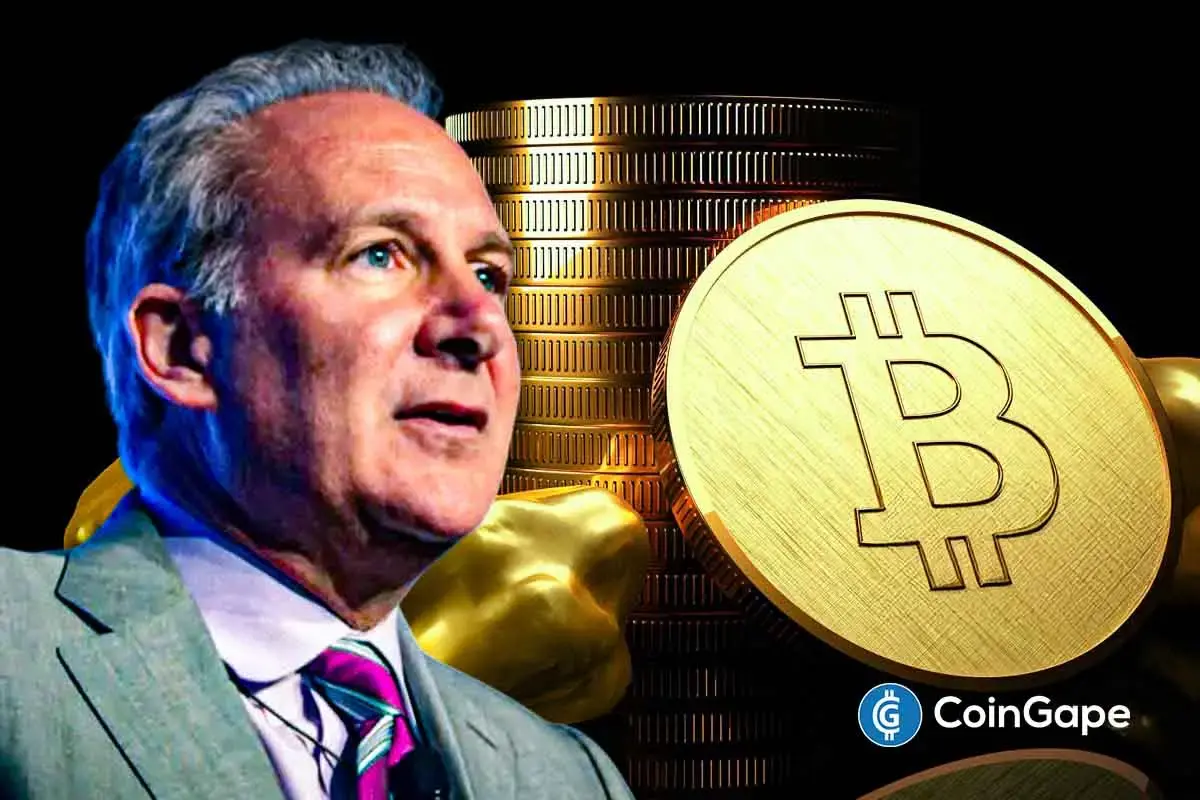Bitcoin’s Unyielding Journey Towards $250,000: The Role of Fiat Inflation and Quantitative Easing
In a world where economic instability reigns supreme, the digital coin Bitcoin (BTC) continues to captivate the financial realm with its unwavering resilience and potential for exponential growth. With expectations of an increasing fiat supply serving as the primary catalyst, Bitcoin may still ascend to unprecedented heights before the year’s end, surpassing the $250,000 mark.
The Fiat-Bitcoin Connection
Arthur Hayes, co-founder of BitMEX and chief investment officer of Maelstrom, sheds light on the intriguing relationship between Bitcoin and fiat currency:
“Bitcoin trades solely based on the market expectation for the future supply of fiat. The more fiat is printed, the more attractive Bitcoin becomes as a store of value.”
The global economic landscape has been grappling with the consequences of unprecedented monetary expansion. Central banks, led by the US Federal Reserve, have resorted to extraordinary measures to mitigate the impact of the COVID-19 pandemic on their respective economies. This has resulted in an exponential increase in the money supply, fueling inflation and eroding the purchasing power of traditional currencies.
As the value of fiat currencies dwindles, investors increasingly turn to Bitcoin as a hedge against inflation. The finite supply of 21 million Bitcoins, coupled with its decentralized nature, makes it an attractive alternative to traditional assets.
The Impact of Quantitative Easing on Bitcoin
One potential catalyst for Bitcoin’s price surge could be the US Federal Reserve’s pivot to quantitative easing (QE). QE refers to the practice of buying bonds and pumping money into the economy to lower interest rates and encourage spending during difficult financial conditions.
Historically, QE has led to significant inflation, as the increased supply of money in circulation reduces the value of each unit. This, in turn, could boost demand for Bitcoin as a hedge against inflation and a store of value.
Personal Implications
For individuals, the potential rise of Bitcoin could present a unique opportunity to diversify their investment portfolios. By allocating a portion of their assets to Bitcoin, they could potentially safeguard their wealth against the eroding effects of inflation.
Global Consequences
On a larger scale, the growing popularity of Bitcoin as a hedge against inflation could have far-reaching implications for the global economy. As more investors turn to Bitcoin, the demand for the digital currency could lead to a self-reinforcing cycle of price appreciation, further reducing the appeal of traditional assets.
- Central banks may be forced to reconsider their monetary policies to maintain the competitiveness of their respective currencies.
- Governments could respond by implementing stricter regulations on Bitcoin and other cryptocurrencies to mitigate their impact on the financial system.
- The rise of Bitcoin could lead to a paradigm shift in the way we perceive and value currency, with potential implications for the global monetary system.
Conclusion
As the world navigates the complexities of an ever-evolving economic landscape, Bitcoin continues to assert its presence as a potential game-changer. With the specter of inflation looming large and the US Federal Reserve’s potential embrace of quantitative easing, the digital currency’s journey towards $250,000 may be just the beginning of a larger narrative.
For individuals, the implications could mean an opportunity to safeguard their wealth against inflation. For the global economy, the rise of Bitcoin could lead to far-reaching consequences, including potential shifts in monetary policies and regulatory frameworks.
As we venture further into uncharted waters, it is essential to remain informed and adaptable. The future may be uncertain, but with a clear understanding of the underlying dynamics, we can navigate the challenges that lie ahead.





